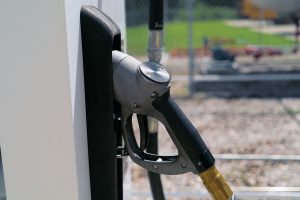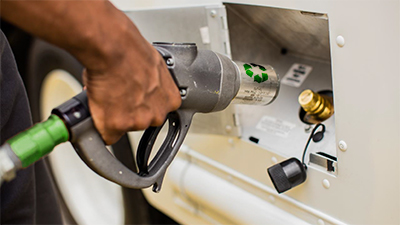Do Alternative Fuels Need Government Incentives?

In a recent visit to Washington D.C., I heard a common theme from both the Senate and the House. Again and again they repeated, “Alternative fuels must be able to sustain deployment without government incentives.”
Guess what, Congress? I agree wholeheartedly! If our great nation is going to tackle the federal deficit, we need to be able to operate our vehicles without the constant support of our government.
I find it interesting that the 2005 alternative fuel tax credits for fueling, infrastructure, and incremental conversion costs is considered by some in Washington D.C. as a disappointment. Many energy advocates in our nation’s capital believed in 2005 that if they provided a good foundation for deployment (and they did) that we’d have mass adoption by 2011.
Right?
I would have voted “yes” based on that logic.
What happened instead of mass adoption is that the availability of these credits drove interest, which drove inquiries/quality/availability/cost/performance, which drove companies like ROUSH to get engaged to help solve some of those questions. Now, here we are six years later, the technology and quality has improved, the infrastructure is growing, and awareness is at an all time high. The demand is bubbling — but not running over, yet. And, now our leaders are faced with the dilemma of whether to extend various credits for a few more years or not.
While we all seem to agree that alternative fuels need to sustain, we do not all agree that the 2005 legislation “wasn’t successful.” I would say flushing out the necessary challenges and bringing credible companies to the table to address deployment obstacles amounted to a success.
The recently passed Tax Relief, Unemployment Insurance Authorization and Job Creation Act of 2010 provided a 50-cent per gallon alternative fuel tax credit and an infrastructure tax credit (30 percent of installation cost up to $30,000) through 2011, but it failed to provide any incentive for the purchase of the actual alternative fuel vehicle.
The absence of that vehicle purchase incentive and the extension of only one year (not three or more) will leave a couple more “to do” items unfinished. The most significant of which is driving cost down. If we leave all incentives in place for another three years, it will drive a higher volume of adoption, which will drive costs down, which will make alternative fuel systems more affordable, which will allow Americans to begin to deploy domestic-based fuels, which will decrease our dependence on foreign oil by about 10 percent, which will keep over $70 billion in the American economy.
Now that’s a long-term sustainable stimulus plan.
So, here’s your fuel for thought….
Is $70 billion (and the tax revenue that comes with it) a big enough annual chunk to get Congress’ attention? Consider it an investment to free us from a vicious cycle of foreign oil dependence and an investment in the American economy.













